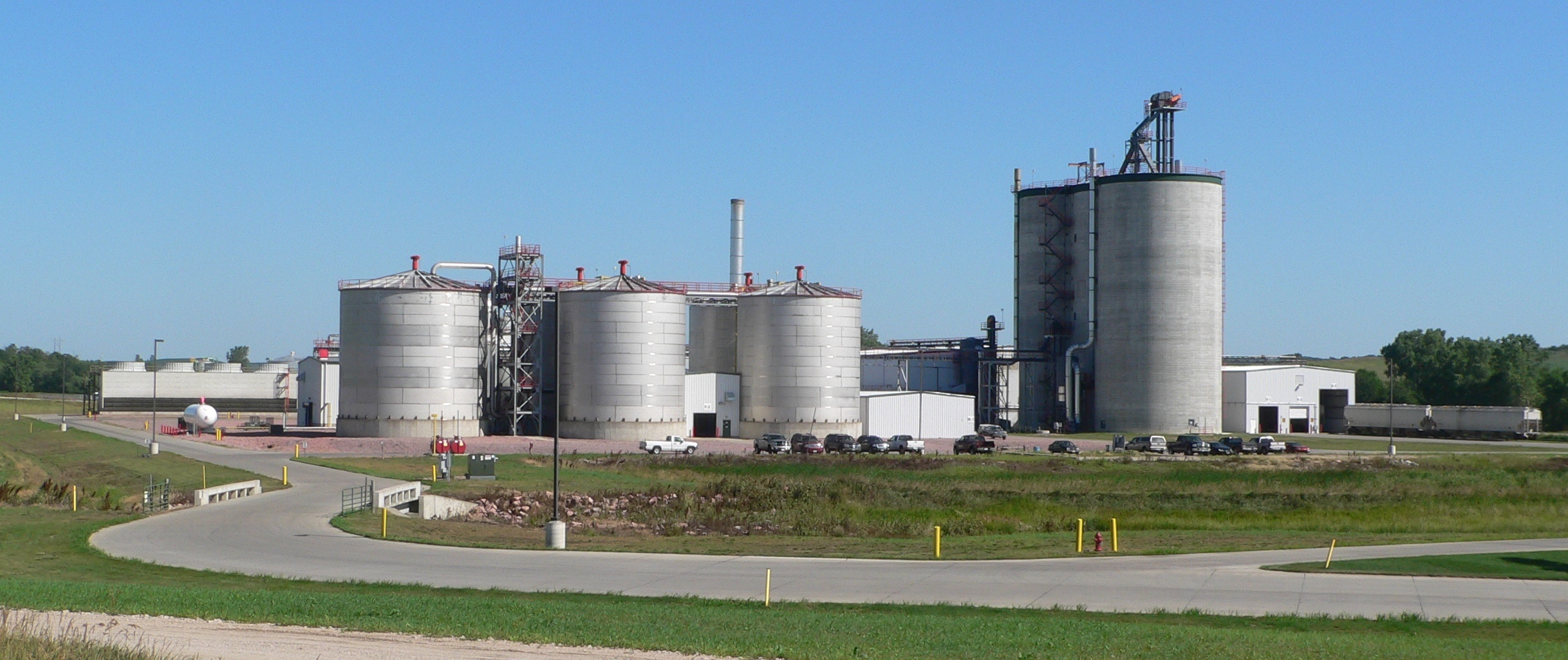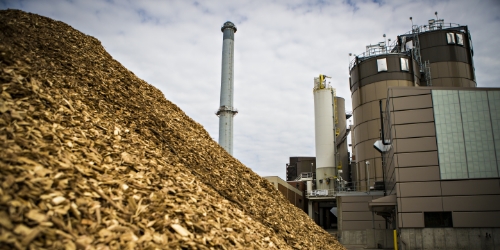This post is one in a series featuring the complete slate of advanced energy technologies outlined in the report This Is Advanced Energy.

Image courtesy of Smart Wires.
Flexible Alternating Current Transmissions Systems (FACTS) include technologies that increase transmission system efficiency, maintain power quality, and respond quickly to disruptions to maintain reliability of the bulk power system. FACTS can be used to manipulate the conditions on transmission lines to keep AC power in balance by maintaining voltage stability, keeping current and voltage “in sync,” and dampening distortions. Transmission operators have always had to perform these functions, but in the past they used devices that relied on mechanical switches that performed more slowly, less efficiently, and less reliably.



